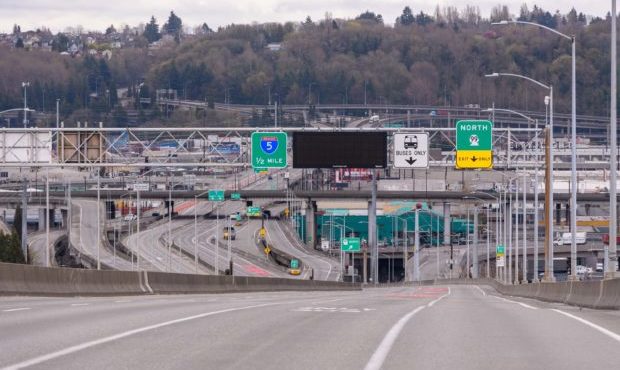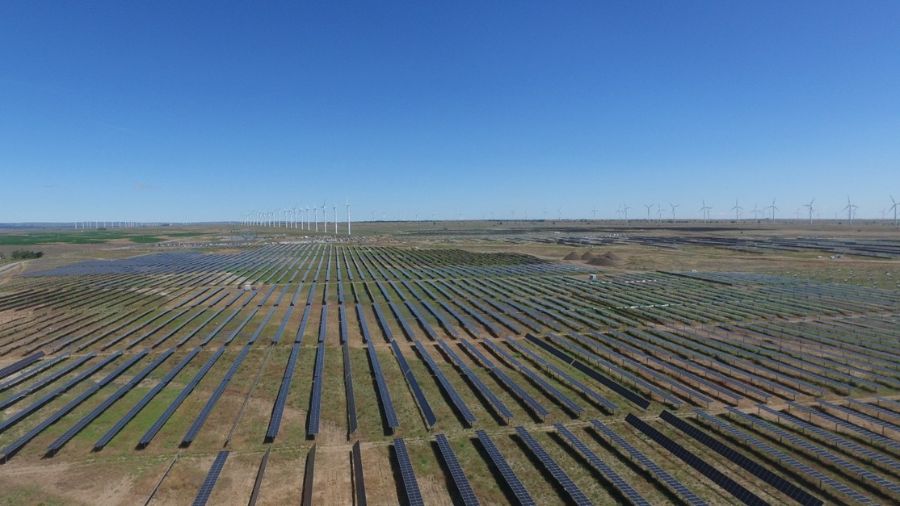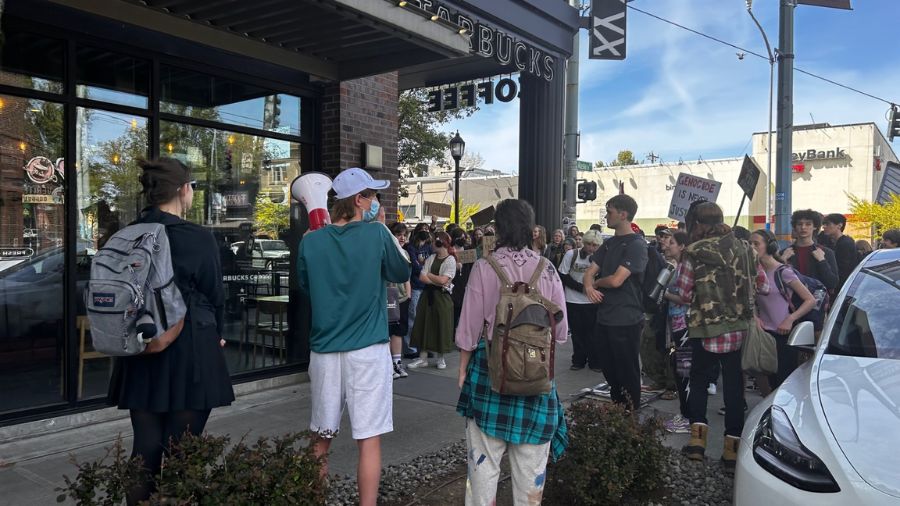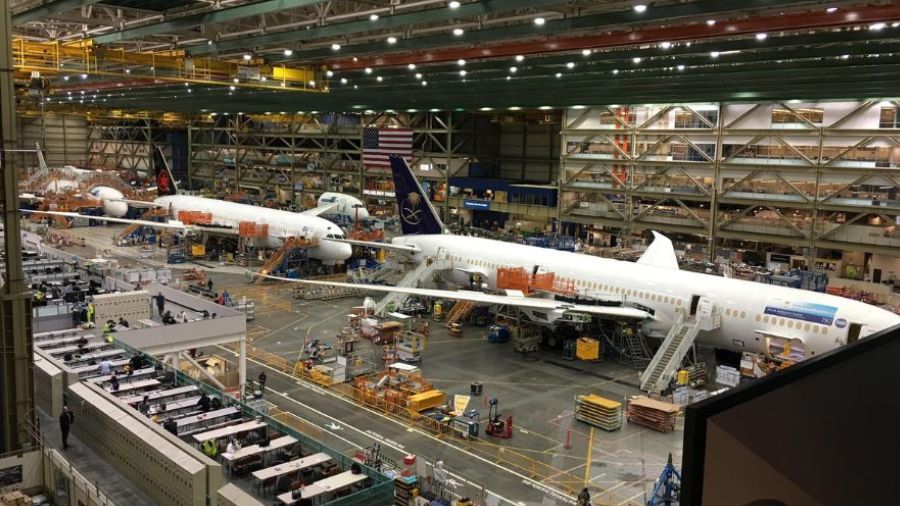SDOT lays out final list of options to repair or replace West Seattle Bridge
Nov 9, 2020, 7:40 AM | Updated: 11:04 am

West Seattle Bridge. (SDOT/flickr)
(SDOT/flickr)
The Seattle Department of Transportation is presenting to city councilmembers Monday morning, laying out the various options it’s considering to either repair or fully replace the West Seattle Bridge.
Repair or replace? West Seattle Bridge decision now in mayor’s hands
Since the bridge was closed in April, West Seattle residents have been stuck driving detoured routes to move north into the city center, with traffic volumes rising accordingly. The hope from SDOT is to mitigate those negative effects while balancing factors like cost to performance of a new or repaired span, quickly returning the route to residents, risk tolerance, and more.
Monday’s presentation lays out the options the city is currently weighing, and the relative advantages and disadvantages of each.
For the “repair” option, SDOT cites a “better cost to performance ratio” and a “quicker return of traffic” as the main advantages. The downside would be absorbing a “higher risk of another unplanned shutdown in the future.”
That approach would cost the city $47 million up front, and would potentially restore traffic by 2022, with an estimated lifespan of 15 to 40 years before a new bridge is needed. There’s also no guarantee that a repaired bridge would actually last that long, raising concerns over its ability to act as a permanent long-term solution.
In terms of weighing the options to build a replacement bridge or pathway, there are four options on the table: a “superstructure” replacement, a rapid replacement, a so-called “full” replacement, or an immersed tube tunnel.
A superstructure would entail demolishing and replacing box girders between Pier 15 and Pier 18, while reusing the existing foundations of the original bridge. It would cost $383.1 million up front, restore traffic by 2026, and last an estimated 75 years.
West Seattle seeing ‘massive’ increase in traffic without bridge
A rapid replacement — recently proposed in October — would consist of a brand new twin steel span 40% lighter than concrete (while also reusing the existing foundations and supports). The bridge would be constructed off-site, reducing in-water work and, as a result, speeding up its completion. The total cost would run between $391 million and $522 million, and it could be ready as soon as 2023 with a lifespan of up to 100 years.
A more standard full replacement for the West Seattle Bridge would be built on-site and entail more in-water work, costing $564.7 million. It would restore traffic by 2026 with a 75-year lifespan.
A less conventional replacement option would involve building an immersed tube tunnel rather a new bridge. That option would cost $1.92 billion, restore traffic by 2030, and have a lifespan of 75 years. Advocates for a tunnel, though, have claimed that it has the potential to “last probably twice as long and be several times more earthquake resistant” than a bridge, calling into question the 75-year estimate provided by SDOT.
At this point no final call has been made, with the decision now in the hands of Mayor Jenny Durkan while city council weighs in with its own feedback Monday.












